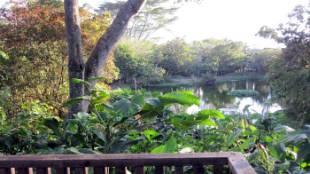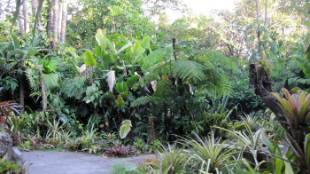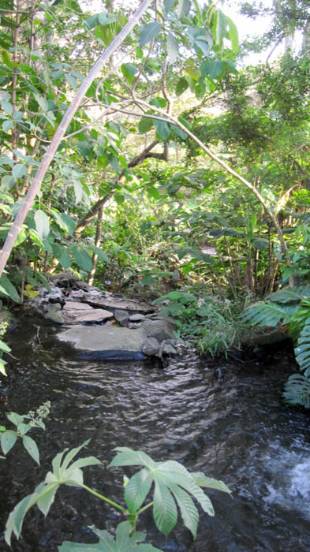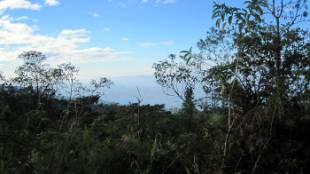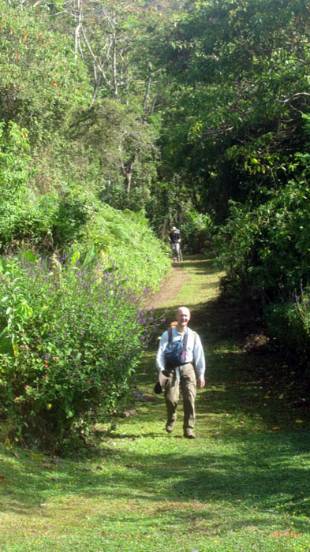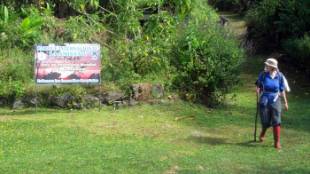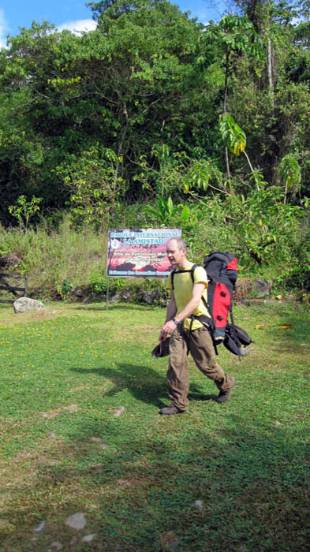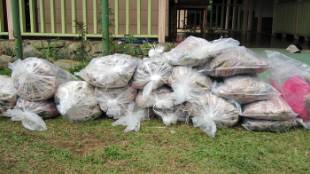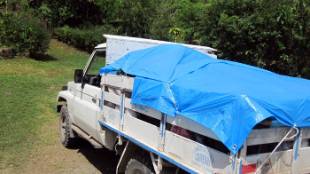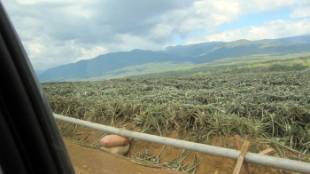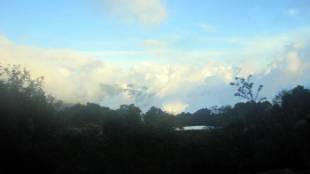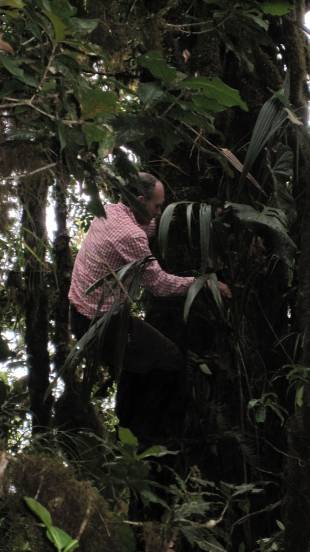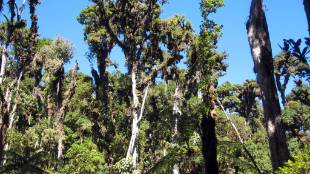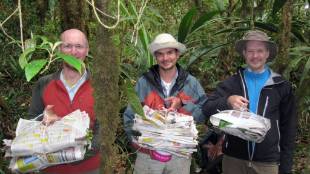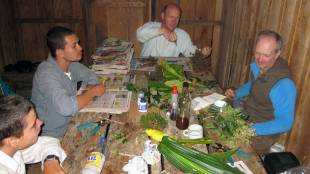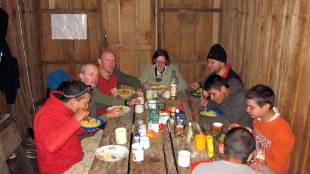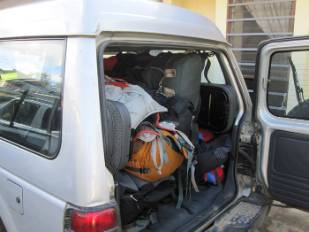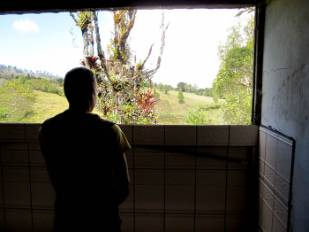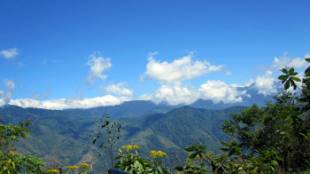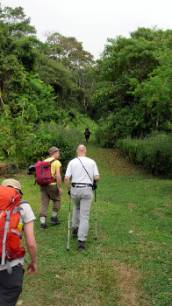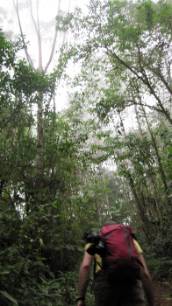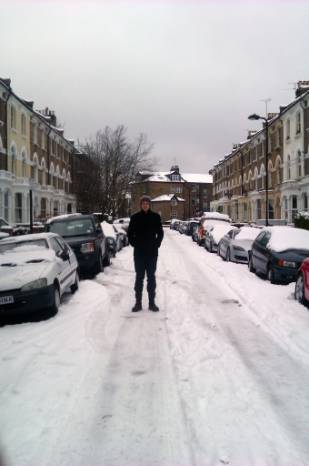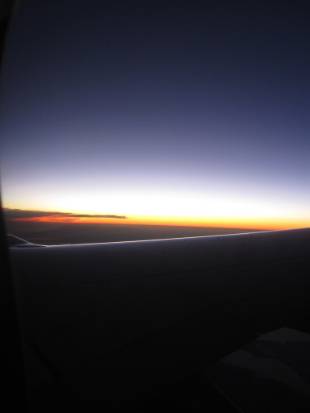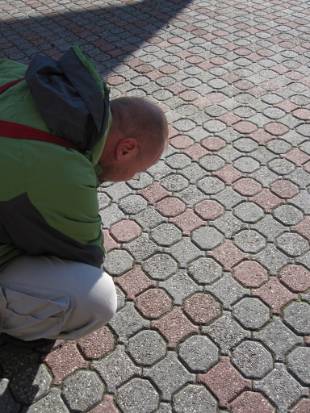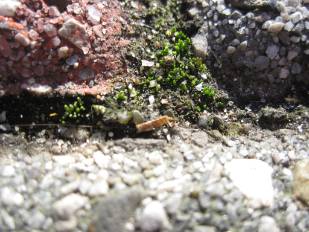Today I had a meeting with the INBIO education department - they are doing some amazing things over here and I’m really looking forward to working with them in the future!
INBIO parque is a great place to visit - a botanical garden designed to reflect the whole (enormous) biodiversity of Costa Rica.
(Click images to see them full size)
They also have some really cool animals living in the parque – I saw this iguana crossing the car park!
Over the past few weeks we have received some great questions from schools all over the UK, which hopefully we have answered! We received the following early on:
Hello everyone,
We are from a School in Camden, London. We have been working with Holger Thüs on an exciting project on air quality and lichen distribution in our local area. With help from Holger and Pat Wolseley from the Natural History Museum, we surveyed lichens growing on trees in the school grounds and adjacent Hampstead Heath.
We wanted to investigate the relationship between differences in air quality, particularly the levels of NO2 and the lichen species found. We monitored NO2 over 5 months with diffusion tubes placed along a transect either side of Highgate Road, which is a busy road and likely to be a major source of nitrogen pollution, and included locations in the school grounds and on Hampstead Heath.
We identified the lichens on trees within the vicinity of the school and on the adjacent Hampstead Heath. We tested and found evidence for our hypothesis that there was a correlation between the levels of nitrogen dioxide in the diffusion tubes and biological data from the lichens distribution.
Although, we managed to find and identify Nitrogen loving and intermediate lichen but we didn’t find any Nitrogen sensitive lichens. We are really excited about Holger being in Costa Rica and want to know if Holger has found Nitrogen sensitive lichens there. Are there many fructose lichens? Did you find any new species of lichens? Are the lichens really colourful and exotic?
We initially thought the NHM team was going to be somewhere really lovely and hot but Holger told us that although it would be lovely it would be very cold because they would be up in the mountains. The air must be very clean. We really want to know about the lichens there.
Good Luck with the rest of the trip.
LSU
And today we had a chance to answer in detail…
Back at INBIO I have been flicking through the photos I (and the others) took while in the park. It seems a common theme amongst my photos is food. Pictures of all of the meals I ate in the field - I can practically hear myself salivating over the camera. I’ve put them together in a film. Bon appetite!
------------------
Note: Tom is currently on his way back to the UK, so I am posting his final blogs from Costa Rica on his behalf.
Jonathan - NaturePlus host



